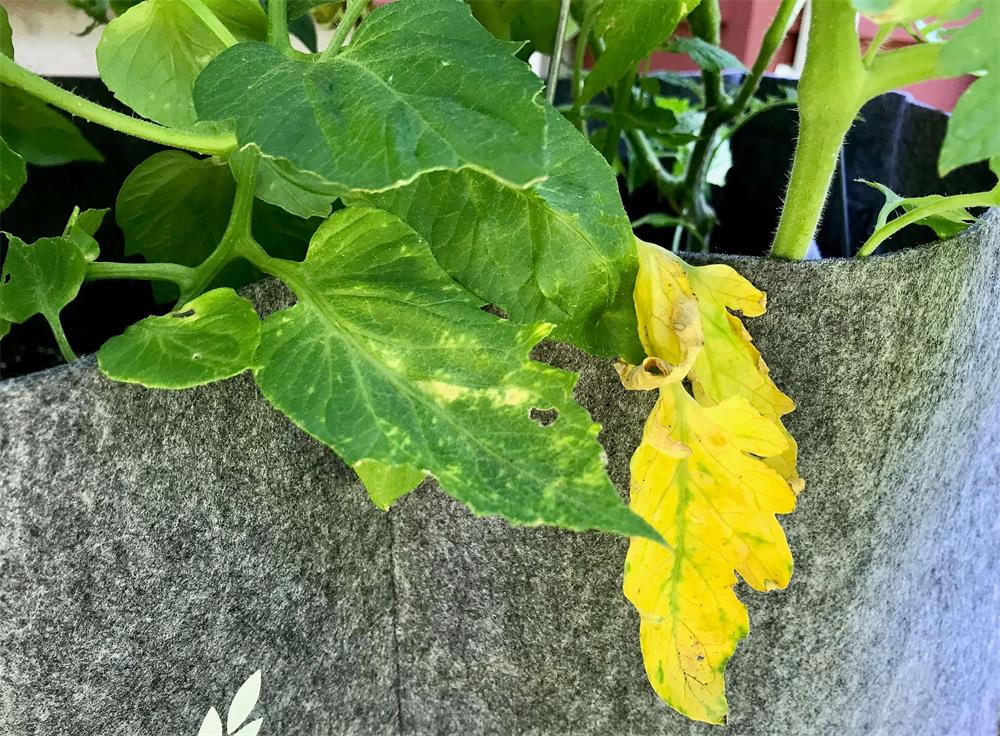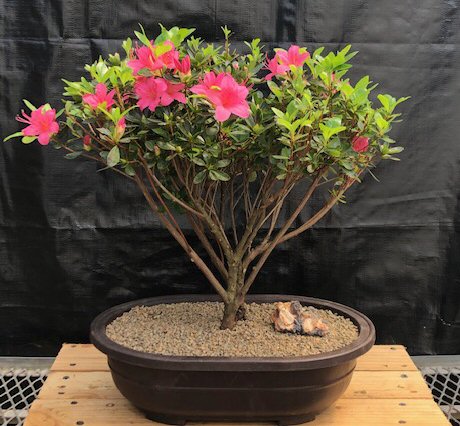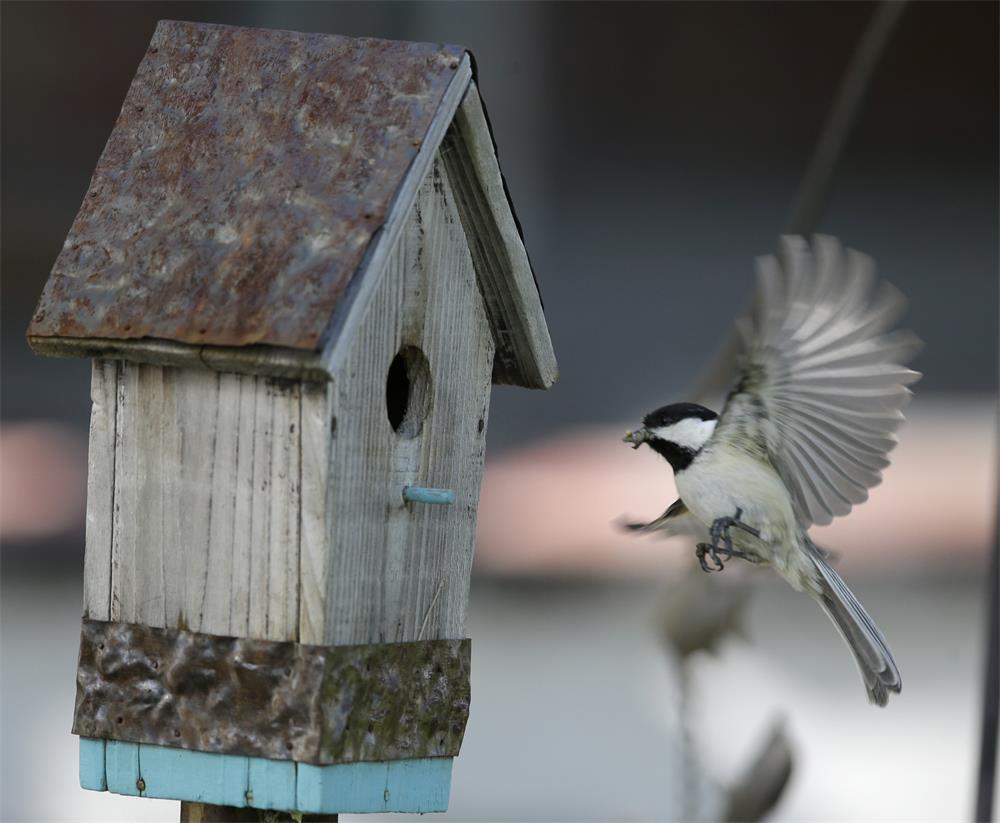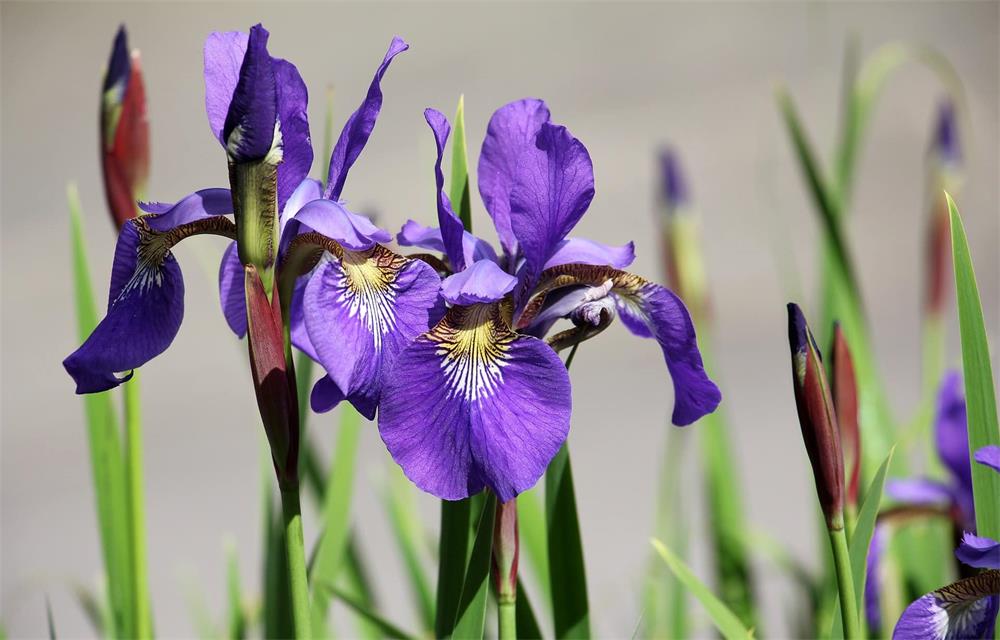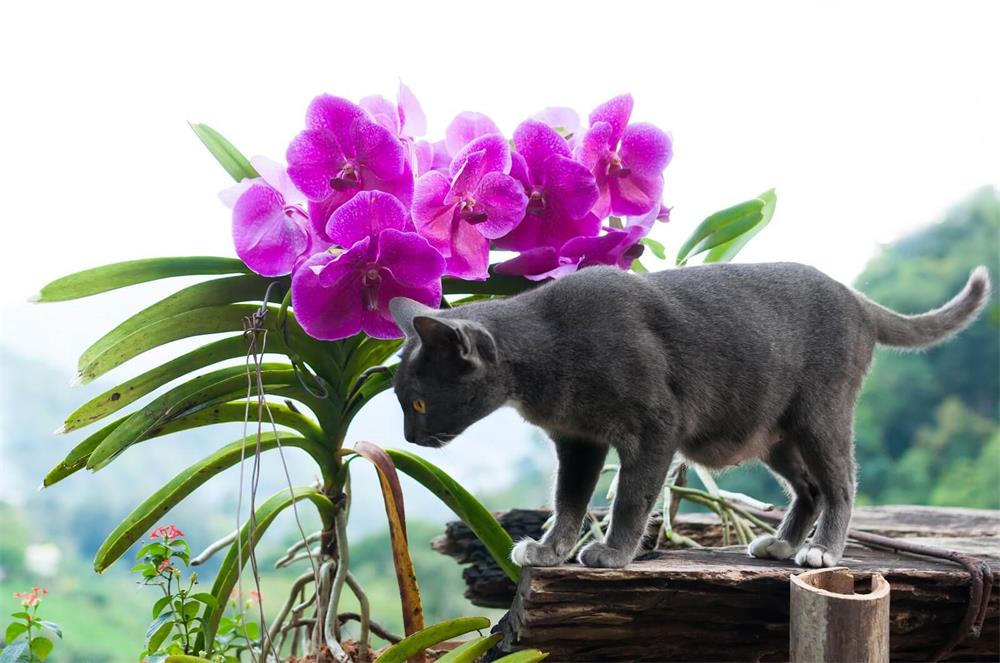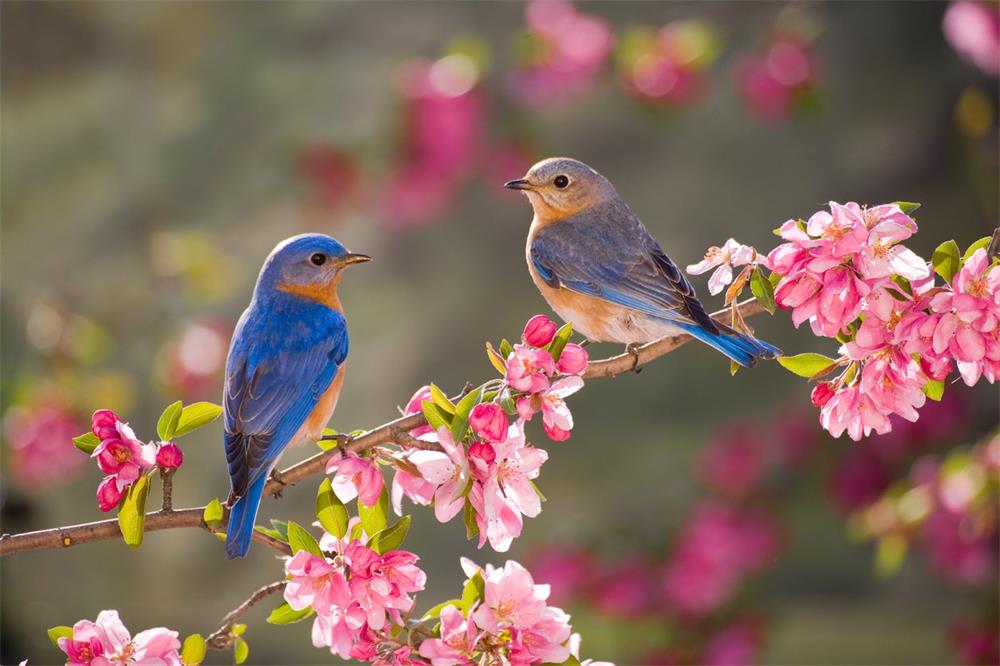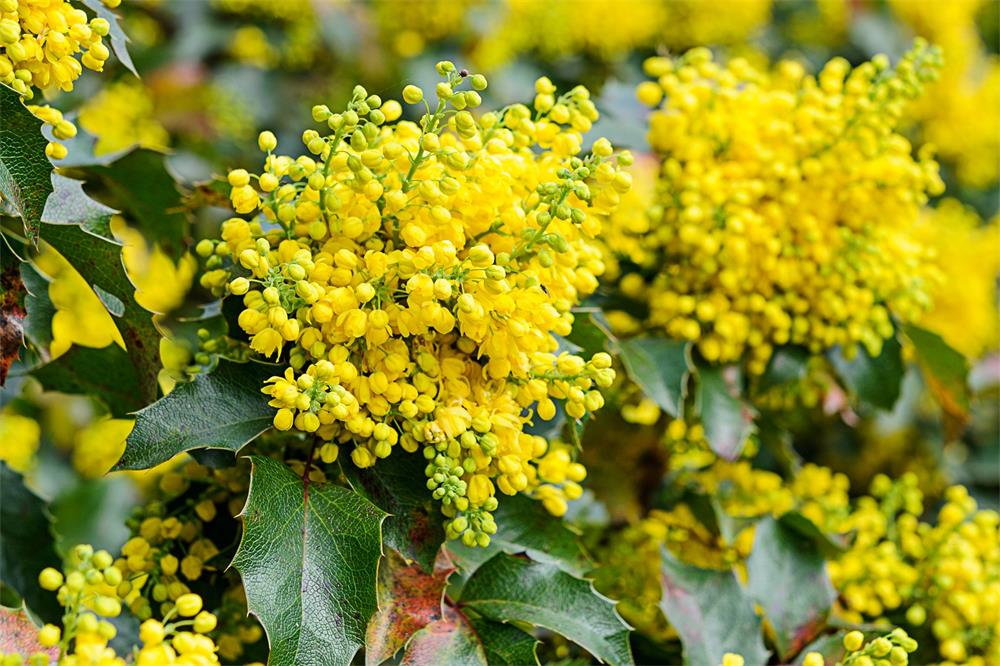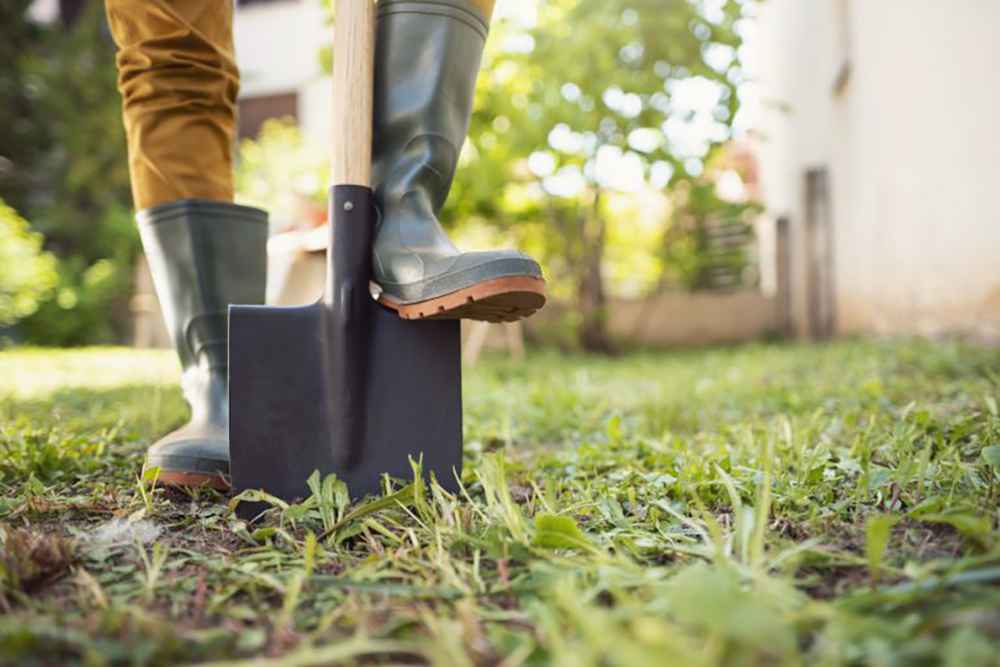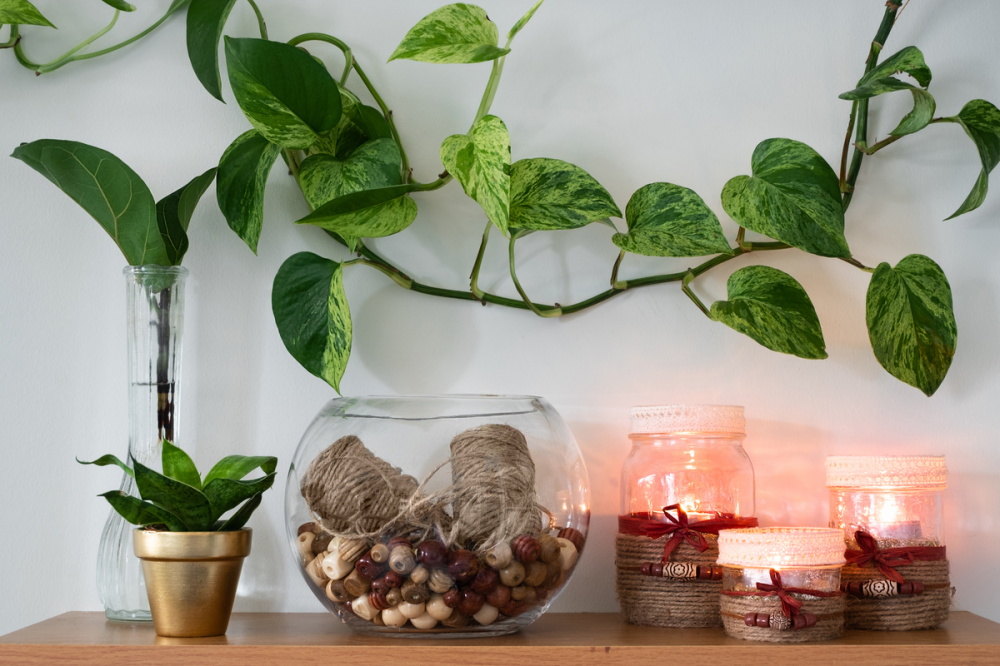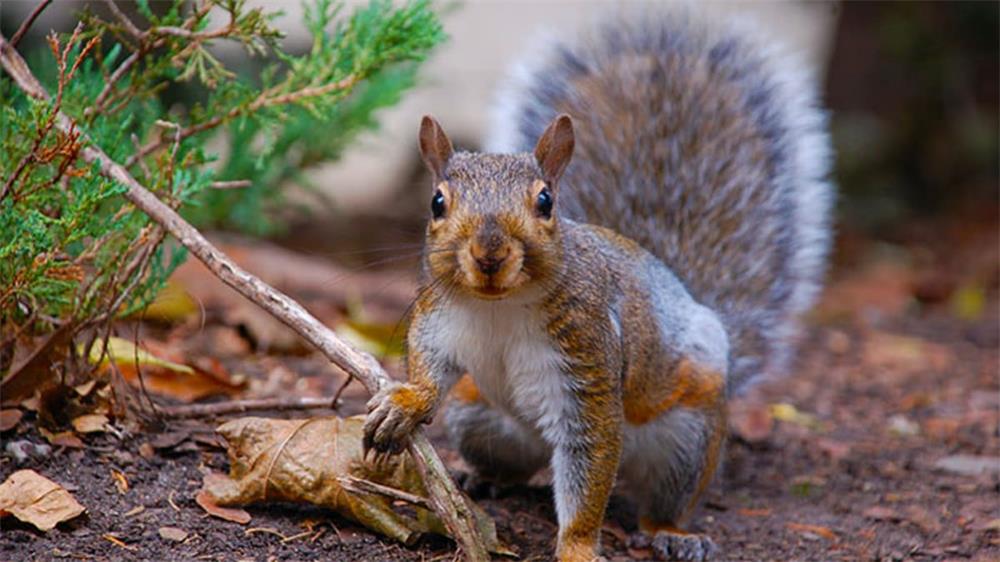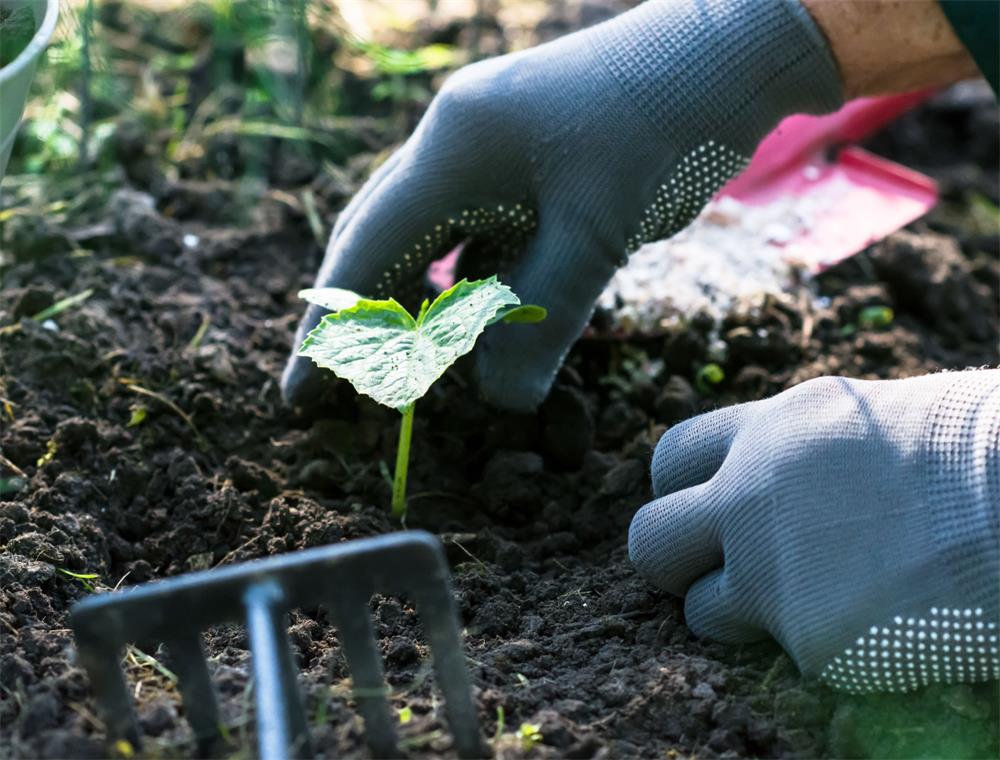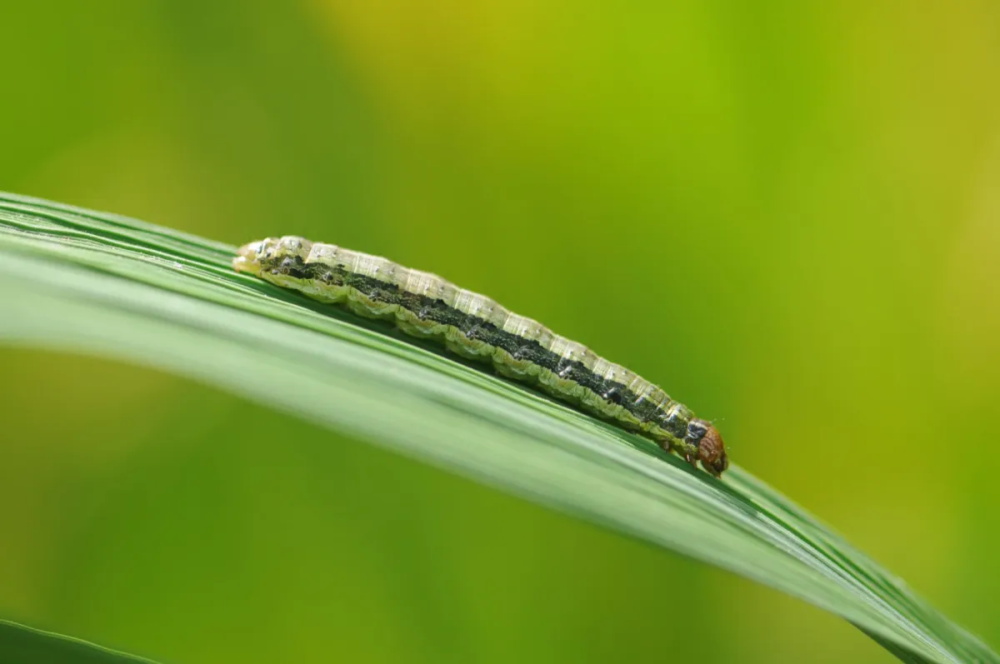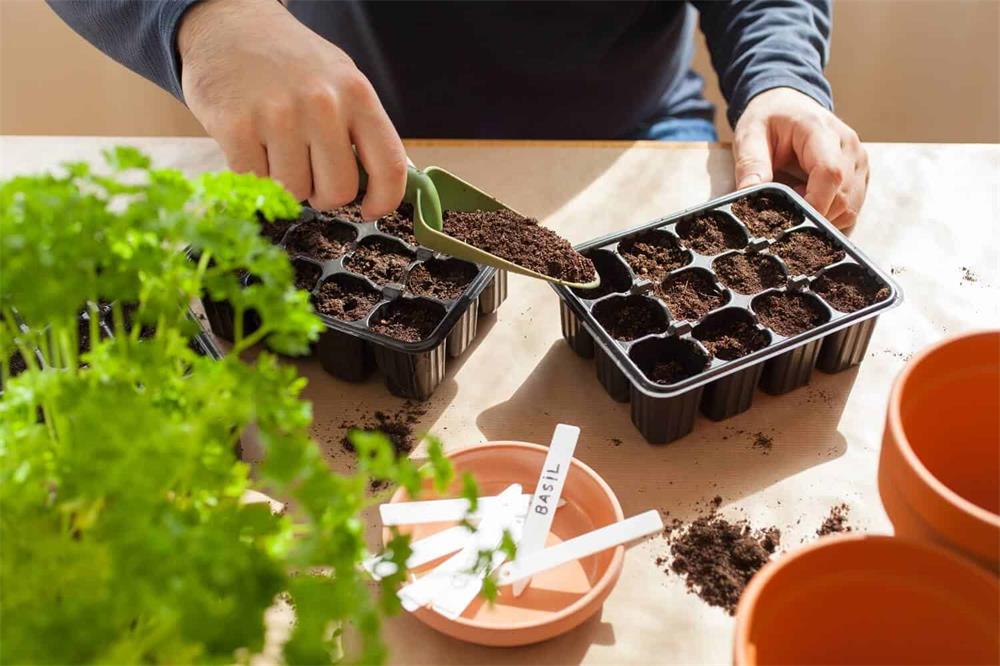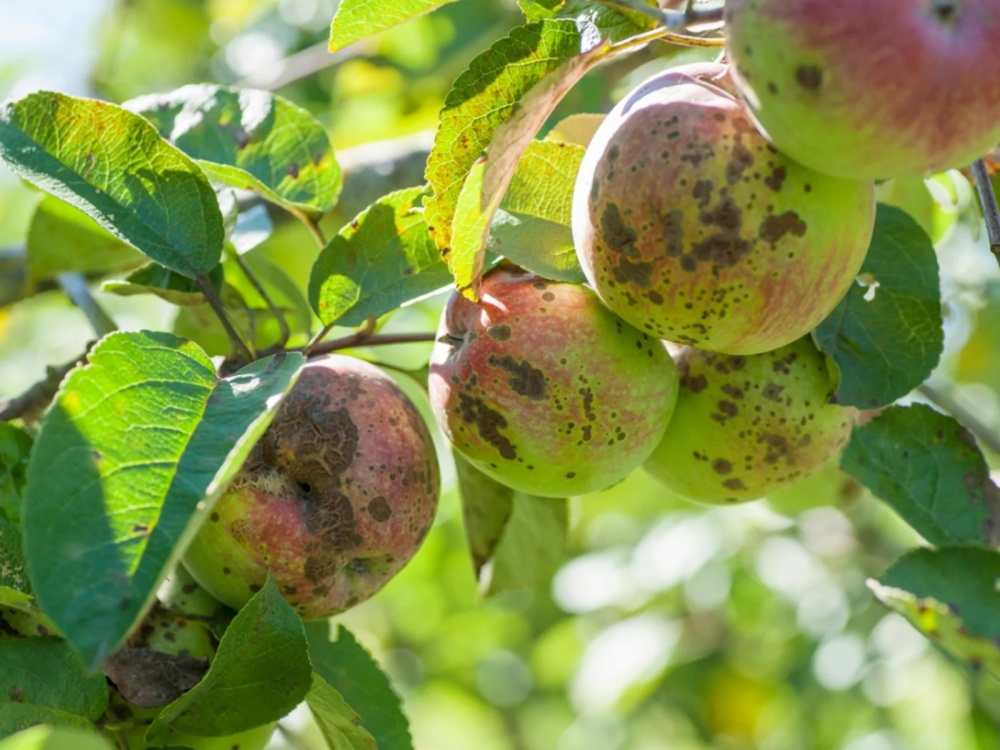
Table of Contents
Apple trees are popular and rewarding choices for home gardeners who want to enjoy fresh, crisp, and juicy fruits. However, apple trees are also prone to various diseases that can affect their health, appearance, and productivity. Some diseases are caused by fungi, bacteria, viruses, or insects, while others are due to environmental or physiological factors. Knowing how to identify and treat common apple diseases can help you prevent serious damage and ensure a bountiful harvest.
Fungal Diseases
Fungi are microscopic organisms that can infect apple trees through wounds, natural openings, or insect bites. Fungal diseases can cause lesions, spots, cankers, rots, or blights on different parts of the tree. Some of the most common fungal diseases of apple trees are:
- Apple Scab: This disease is caused by the fungus Venturia inaequalis, which thrives in cool and moist conditions. It produces dark brown or black spots on leaves and fruits, which may crack or drop prematurely. Apple scab can reduce fruit quality and yield significantly. To prevent apple scabs, plant-resistant varieties, rake and dispose of fallen leaves, prune to improve air circulation, and spray fungicides in spring when new growth emerges.
- Sooty Blotch and Flyspeck: These diseases are caused by a complex of fungi that colonize the surface of apple fruits in late summer and early fall. They create black or gray blotches or specks that make the fruits look unappealing but do not affect their taste or safety. Sooty blotch and flyspeck can also shorten the storage life of apples. To prevent these diseases, prune to increase light penetration and airflow, avoid overhead irrigation, and apply fungicides when needed.
- Powdery Mildew: This disease is caused by the fungus Podosphaera leucotricha, which grows on young leaves, shoots, buds, and flowers. It produces a white or gray powdery coating that can reduce photosynthesis, growth, and fruit set. Powdery mildew can also cause leaf curling, twisting, or distortion. To prevent powdery mildew, plant-resistant varieties, avoid excessive nitrogen fertilization, prune to remove infected parts, and spray fungicides before or during bloom.
- Fire Blight: This disease is caused by the bacterium Erwinia amylovora, which infects blossoms, shoots, branches, and fruits. It causes a dark brown or black necrosis that makes the affected parts look like they have been burned by fire. Fire blight can spread rapidly and kill entire trees if not controlled. To prevent fire blight, plant resistant varieties, avoid wounding the tree, prune out infected parts during dormancy or dry weather, and apply bactericides during bloom.
- Cedar Apple Rust: This disease is caused by the fungus Gymnosporangium juniperi-virginianae, which has a complex life cycle involving two hosts: junipers (cedars) and apples. The fungus produces orange-yellow spots on apple leaves and fruits, which may drop prematurely or become deformed. The fungus also produces brown galls on junipers that release spores in wet weather. To prevent cedar apple rust, remove nearby junipers or plant-resistant varieties of both hosts. You can also spray fungicides on apple trees before infection occurs.
Bacterial Diseases
Bacteria are single-celled organisms that can enter apple trees through natural openings or wounds. Bacterial diseases can cause galls, cankers,
blights, or wilts on different parts of the tree. Some of the most common bacterial diseases of apple trees are:
- Crown Gall: This disease is caused by the bacterium Rhizobium rhizogenes (formerly Agrobacterium tumefaciens), which induces tumor-like growths on roots or stems near the soil line. Crown gall can reduce water and nutrient uptake, weaken the tree structure, and make the tree more susceptible to other pathogens or pests. Crown gall is usually fatal for apple trees. To prevent crown gall, avoid injuring the tree during planting or cultivation, use certified disease-free nursery stock, and apply biological control agents before planting.
- Fire Blight: This disease is caused by the bacterium Erwinia amylovora, which infects blossoms, shoots, branches, and fruits. It causes a dark brown or black necrosis that makes the affected parts look like they have been burned by fire. Fire blight can spread rapidly and kill entire trees if not controlled. To prevent fire blight, plant resistant varieties, avoid wounding the tree, prune out infected parts during dormancy or dry weather, and apply bactericides during bloom.
Viral Diseases
Viruses are tiny particles that can infect apple trees through insect vectors, grafting, or contaminated tools. Viral diseases can cause mosaic patterns, ring spots, crinkling, or distortion on leaves and fruits. Some of the most common viral diseases of apple trees are:
- Apple Mosaic Virus: This virus is transmitted by aphids or through grafting. It causes yellow or green mottling on leaves, which may become distorted or drop prematurely. Apple mosaic virus can also reduce fruit size and quality. There is no cure for this virus, so infected trees should be removed and destroyed.
- Apple Chlorotic Leaf Spot Virus: This virus is transmitted by aphids, leafhoppers, or grafting. It causes yellow spots or rings on leaves, which may become necrotic or deformed. Apple chlorotic leaf spot virus can also affect fruit color and shape. There is no cure for this virus, so infected trees should be removed and destroyed.
- Apple Stem Pitting Virus: This virus is transmitted by grafting or through infected rootstocks. It causes pits or grooves on stems and roots, which may reduce water and nutrient transport and weaken the tree structure. Apple stems pitting virus can also cause stunting, leaf yellowing, fruit drop, or poor fruit quality. There is no cure for this virus, so infected trees should be removed and destroyed.
Physiological Disorders
Physiological disorders are not caused by pathogens or pests, but by environmental or cultural factors that affect the growth and development of apple trees. Physiological disorders can cause blemishes, cracks, spots, or rots on fruits, or affect their color, flavor, or texture. Some of the most common physiological disorders of apple trees are:
- Bitter Pit: This disorder is caused by a calcium deficiency in fruits, which may result from drought stress, excessive nitrogen fertilization, heavy cropping, or root damage. It causes small brown spots on the skin or flesh of fruits, which may become bitter and corky. The bitter pit can also reduce fruit storage life. To prevent bitter pit, maintain a balanced soil pH and fertility, avoid overwatering or overfertilizing, thin fruits to reduce competition for nutrients, and apply calcium sprays during fruit development.
- Sunscald: This disorder is caused by exposure to high temperatures and intense sunlight, which may damage the skin cells of fruits. It causes pale or bleached areas on the sunny side of fruits, which may become sunken or cracked. Sunscald can also affect fruit flavor and quality. To prevent sunscald, avoid pruning too heavily, provide adequate irrigation and mulching, and use shade cloth or reflective materials to protect fruits from direct sun.
- Watercore: This disorder is caused by an accumulation of water in the air spaces of fruits, which may result from high humidity, low temperature, or rapid fruit growth. It causes translucent or glassy areas in the flesh of fruits, which may become brown or rotten. Watercore can also affect fruit flavor and texture. To prevent water core, harvest fruits at the proper maturity stage, avoid overwatering or overfertilizing, and store fruits at low temperatures and high humidity.
- Soggy Breakdown: This disorder is caused by a low oxygen level in fruits, which may result from improper storage conditions or genetic factors. It causes a softening and browning of the flesh of fruits, which may become mealy or mushy. The soggy breakdown can also affect fruit flavor and aroma. To prevent soggy breakdown, harvest fruits at the proper maturity stage, avoid bruising or wounding fruits, and store fruits at optimal temperatures and oxygen levels.
Conclusion
Apple trees are susceptible to many diseases that can affect their health, appearance, and productivity. By identifying and treating common apple diseases, you can prevent serious damage and ensure a bountiful harvest. Some general tips to prevent apple diseases are:
- Plant-resistant varieties that are suitable for your climate and soil conditions.
- Maintain healthy and balanced soil with proper pH, fertility, drainage, and organic matter.
- Provide adequate irrigation and mulching to avoid water stress or excess moisture.
- Prune regularly to remove dead, diseased, or damaged branches and improve air circulation and light penetration.
- Rake and dispose of fallen leaves, fruits, and prunings to reduce sources of inoculum.
- Monitor your trees for signs of disease and pests and apply appropriate control measures as soon as possible.
- Harvest and store your fruits at the proper maturity stage and optimal conditions to preserve their quality and shelf life.
By following these tips, you can enjoy growing healthy and delicious apples in your home garden.



